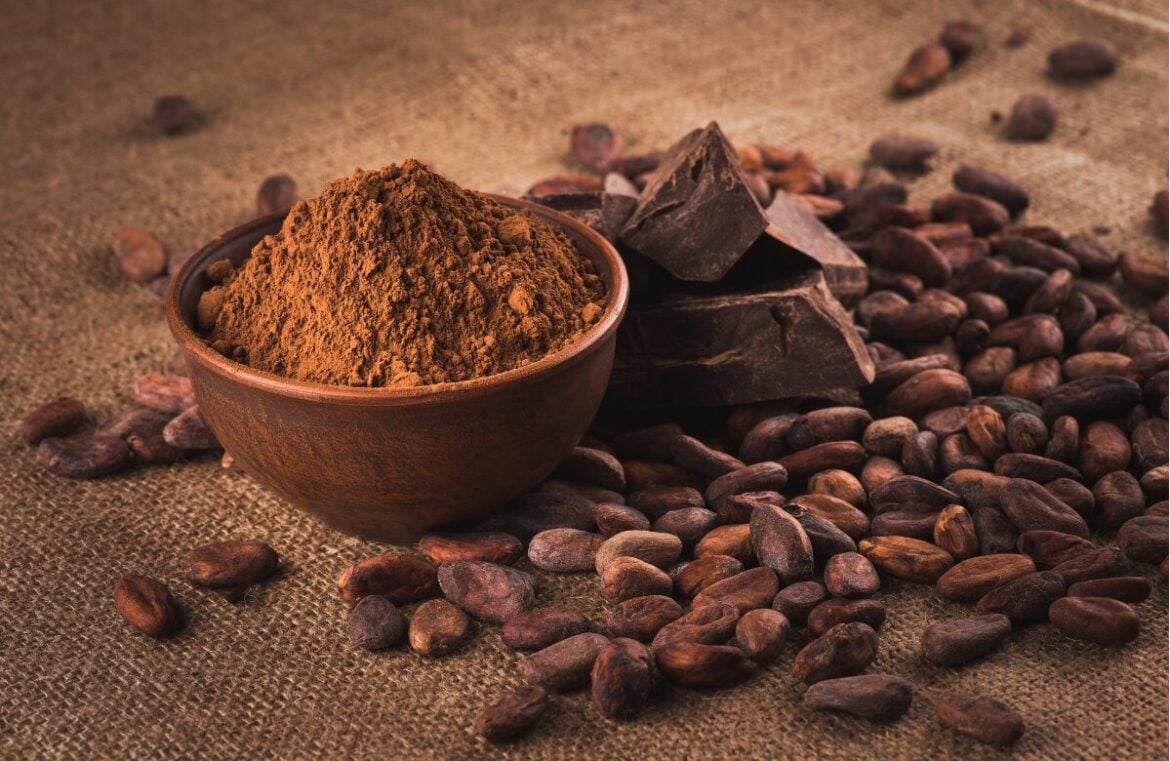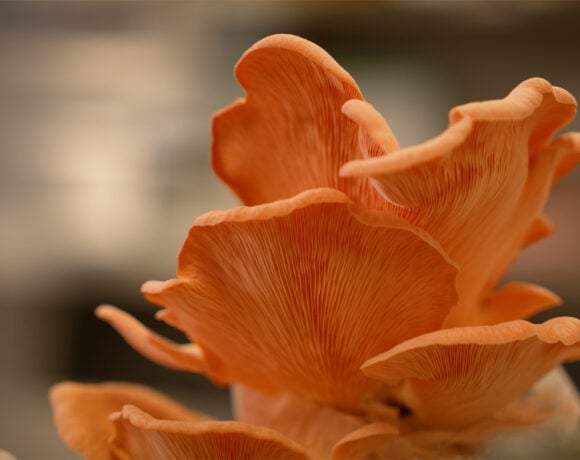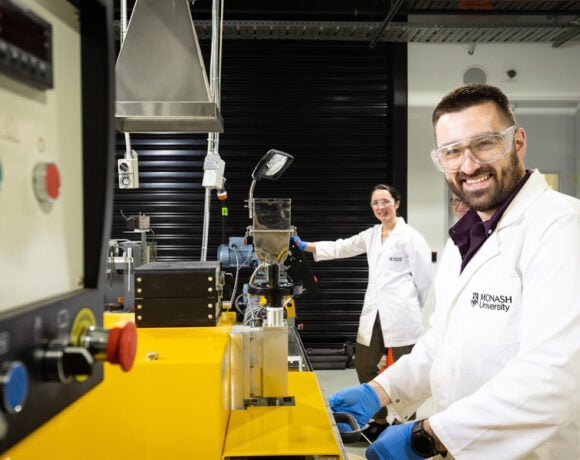Chocolate lovers may soon have a new reason to celebrate: a breakthrough study has revealed the microbial secret behind the world’s finest chocolate flavours—and it could change how chocolate is made.
Researchers from the University of Nottingham, in collaboration with international partners, have identified a precise combination of bacteria and fungi that shape the fruity, floral, and citrus notes found in premium chocolate.
Their findings, published in Nature Microbiology, open the door to a more controlled fermentation process that could not only elevate chocolate’s flavour but also make its production more efficient.
Professor David Salt, co-author of the study, believes this research can bring new understand of what microbes are needed and how they behave.
“I think that opens up the opportunity … to be a lot more directed [about] how we make our chocolate in terms of its flavour,” David told The Guardian.
Cocoa beans must be fermented before they become the chocolate we know—a process traditionally done in open boxes or banana leaves, where naturally occurring microbes break down pulp, trigger chemical reactions, and help develop taste. Until now, the microbial interactions in this stage remained largely unknown.
To unravel them, the team studied cocoa bean fermentations at three Colombian farms across Santander, Huila, and Antioquia. They found that while Santander and Huila produced beans with fine flavour characteristics—those desirable fruity and floral notes—Antioquia’s beans were more neutral, similar to bulk chocolate varieties from Ivory Coast and Ghana.
The key difference? Microbial activity. Through genetic sequencing, researchers identified a specific group of nine microbes responsible for generating premium flavour compounds.
When these microbes were introduced to sterile beans in a controlled environment, the results were striking: chocolate liquor with enhanced fruity, floral, and citrus notes, and a noticeable reduction in bitterness and astringency.
“I call it the secret sauce,” David said.
The implications could be wide-reaching. Cocoa farmers may be able to intentionally promote these beneficial microbes during fermentation, raising the overall quality of their beans.
That, in turn, could reduce the amount of cocoa needed in production, potentially helping to counterbalance rising global chocolate costs.
Even more exciting, according to David, is the potential to craft entirely new flavour profiles by introducing different microbial communities.
“You could bring in either inoculums [of microbes] that could bring in particular flavours, new flavours that you just don’t see normally in cocoa,” he said.
“Or you could actually come up with strategies to bias a fermentation, to come up with new flavours.”







COMMENTS